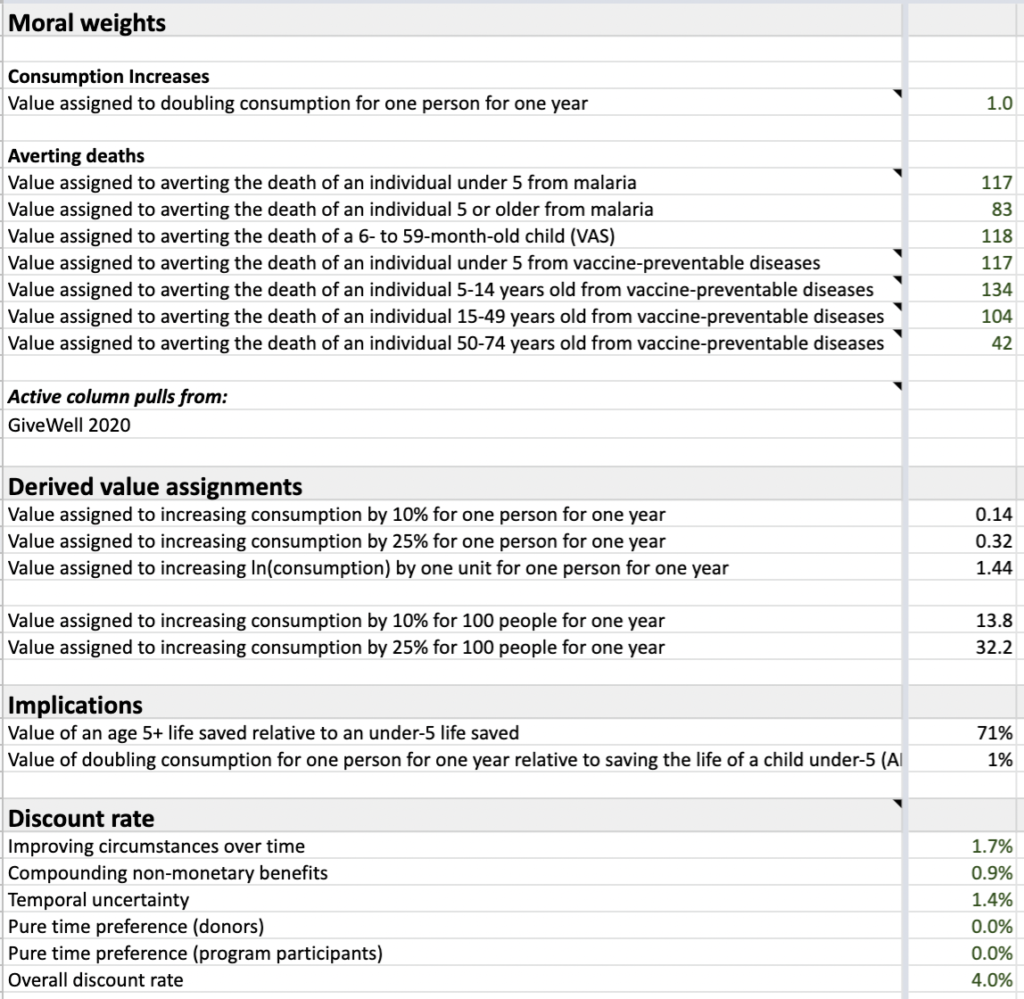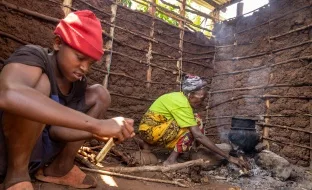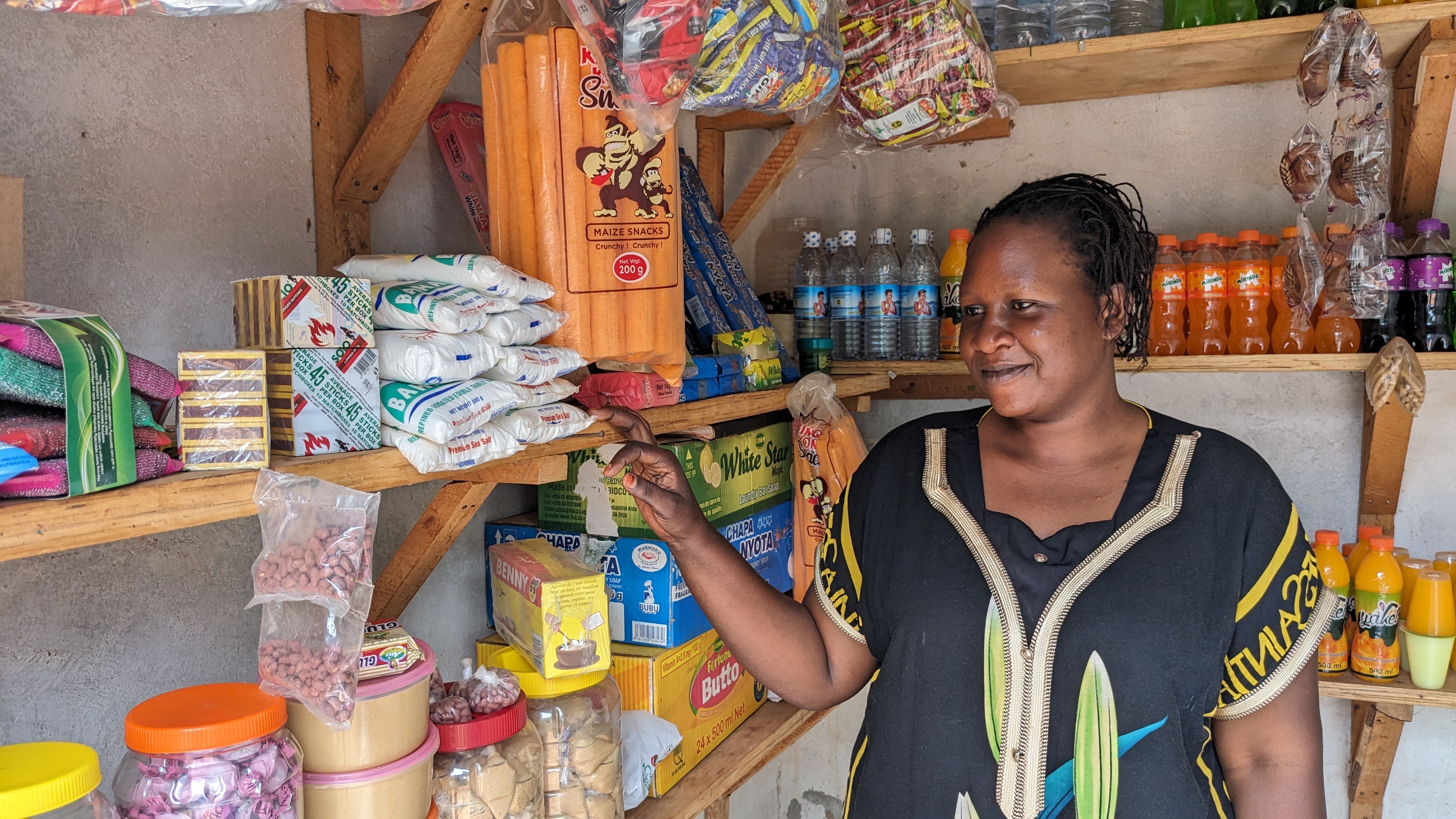Yesterday, leading charity evaluator GiveWell announced they’re committing more money than ever to effective causes, which we commend. This generosity reflects great news: the world is wealthier than ever before. However, they also decided not to distribute $110M this year because they don’t believe they can find good enough ways to use it now. They will distribute $450M to programs they identified could spend funding over the next few years, but decided any additional donations were best saved for later. Their estimate is that they will roll over a similar amount of money next year. In the midst of a global pandemic that pushed 150 million people into extreme poverty while billionaires’ wealth grew by $4.5 trillion, it’s odd timing.
GiveWell’s rationale was fairly straightforward:
“We plan to roll over about $110M (~20% of our forecasted funds raised) into 2022 because we expect the opportunities this funding would be spent on now are much less cost-effective than those we expect to find over the next few years.” (GiveWell)
To be clear, we didn’t expect GiveWell to direct funds to GiveDirectly this year, and that’s not why we’re chiming in. While GiveWell has considered GiveDirectly a “Top Charity” for nearly a decade, they haven’t allocated funds to people in poverty through GiveDirectly since 2015. We’ve always appreciated GiveWell’s commitment to evidence and rigor, and many of us joined GiveDirectly after first hearing of it from GiveWell. We were motivated to respond precisely because we know first hand that GiveWell’s voice matters: they’ve established themselves as the gold standard charity recommender to answer questions for donors everywhere, like How To Make A Good Charitable Choice On Giving Tuesday.
As we share below, we think GiveWell is thinking too small, undervaluing what can be achieved today, underestimating the costs of waiting, overestimating how much better they’ll allocate funds in the future, and not accounting for the perspectives of people living in poverty. In short, we think the world has an unprecedented opportunity to eliminate most of extreme poverty in our lifetimes, and we worry GiveWell’s decision hinders that effort. Their choice to wait for better opportunities focuses on maximizing what they perceive as the direct impact of their money alone at the cost of conveying a tragically discouraging message about the potential impact of everyone else’s.
There is still immense need and opportunity for impact now
“In 2021, we expect to identify $400M in 8x [as cost-effective] or better opportunities. If our fundraising projections hold, we may have $160M (or more) that we’re unable to spend at our current bar… Given that, we expect to: Direct about $50M to 5-8x funding opportunities [and] Roll over about $110M to grant to future opportunities we expect will be 5x or better.” (GiveWell)
We think GiveWell is missing both the magnitude of extreme poverty and the abundance of the resources we have to fight it. Straining to find $500M or even $1B in worthwhile giving opportunities just doesn’t fit with a world where 700+ million people live in extreme poverty, U.S. charitable giving alone is nearly $500B a year, global official development assistance is another $150B a year, and an additional $500B has been pledged via The Giving Pledge. Even GiveWell’s largest few donors alone have enough wealth that it would take decades to distribute it at the pace GiveWell plans to achieve.
Once GiveWell’s top charitable opportunities are funded (like this year), what is everyone else to do? We’d say: keep giving as effectively as you can. The Life You Can Save recommends 16 organizations working on urgent matters of global health and wellbeing beyond those listed by GiveWell. Donors can cover the cost of treating obstetric fistulas or blindness, fight iodine deficiencies, or help low income farmers and entrepreneurs earn more. The Gavi Vaccine Alliance says there are 15M under-immunized children in countries where they already operate. And, of course, if you think people living in extreme poverty might know their needs best, there’s over 700 million of them who could each productively spend thousands of dollars if we gave it directly.
The team at GiveWell know all these numbers of course, and they would likely agree that influencing more money is better. But their decision here tries to optimize 0.1% of U.S. charitable giving in isolation from the other 99.9%; when, in reality, growing that 99.9% and allocating it better will mean a lot more for our world than asking those donors to hold out for possible silver bullets down the road.
Direct cash transfers can have much more impact than GiveWell assumes
“In the meantime, our best guess is that negative or positive spillover effects of GiveDirectly’s cash transfers program are minimal on net.” (GiveWell)
We know more about cash transfers than other interventions, so we’re able to be more specific about ways GiveWell may be underestimating the available cost-effectiveness of cash as an intervention with room to scale today. Also, all of GiveWell’s 5x or 8x cost effectiveness estimates are benchmarked to cash transfers delivered by GiveDirectly, so the tradeoffs of waiting for better opportunities are directly tied to the assessed cost-effectiveness of simply transferring wealth to people in extreme poverty. Cash transfers affect both the people who receive them and the people who live nearby. GiveWell assumes the latter effect is minimal, but a large-scale study evaluating our program in Kenya found each $1 transferred drove $2.50 in additional spending or income in the surrounding community, with non-recipients benefitting from the cash transfers nearly as much as recipients themselves. Since 2018, we have asked GiveWell to fully engage with this study and others, but they have opted not to, citing capacity constraints. Until they do, they may be underestimating the effects of cash transfers by 2.5x and overstating the benefits of waiting by the same amount.
We shouldn’t rely on finding sufficiently scalable, previously unconsidered interventions in the future
“We’re targeting $1 billion in annual funding opportunities identified by 2025. It’s ambitious, but we think it’s achievable.” (GiveWell)
GiveWell spent 14 years building a list of 5 interventions implemented by 8 charities they view as worth funding. Together, these interventions can put $490M to work over the next few years. GiveWell’s team is bigger now, but presumably they’ve also identified the “low hanging fruit” of sufficiently-effective opportunities, and these 8 charities have had years to prepare to scale. Even when an intervention is cost-effective, it’s not always sufficiently scalable, which is crucial when considering where to direct billions of dollars. We’re skeptical about GiveWell’s hopes to find much more without a more fundamental re-evaluation of the scale of the sector, the opportunities available, and their role within it. We hope we’re wrong about that, but if we’re not it’s another reason to move faster now, rather than hold out for better opportunities down the road.
People in extreme poverty should have more of a say about decisions like the one GiveWell made
“We think the cost of holding on to this $110 million is low compared to the reduction in impact we’d see from granting immediately.” (GiveWell)
GiveWell’s decision today ultimately stems from their assumptions about the “moral weights” they assign to things like extending lifespan, doubling consumption, or achieving those effects sooner rather than later.
For example, this table from GiveWell’s website shows they’ve estimated that the value of averting the death of a child under 5 is 117 times greater than the value of doubling a person’s consumption for a year. Similarly, with a 4% discount rate, they’ve concluded that for people living in extreme poverty getting money a year later is only about 4% worse.

We commend GiveWell for their transparency, as many philanthropic decisions are opaque, made without stated reasoning. However, people living in poverty have good reasons to answer this table’s impossible questions in a variety of different ways. They may also have good reasons to differ with GiveWell on what else matters, let alone which interventions will do the most for the things that matter most to them. Many of these potential differences of opinion are highly relevant to whether or not GiveWell should save funds and give further down the road.
Nearly every decision about how to help people living in extreme poverty is made on their behalf by people living in relative wealth. We think that imbalance is grossly unjust. We also think it lowers the quality of the “help” people in poverty receive. The GiveWell team is incredibly intelligent, but they’re mainly Americans or Europeans who haven’t spent significant time in environments of extreme poverty. We applaud the work they did with IDinsight to understand better preferences of potential aid recipients, but the scale and scope of this survey doesn’t go nearly far enough in correcting the massive imbalances in power and lived experience that exist in their work and in philanthropy in general. Cash transfers are one way of acknowledging those gaps by letting the people we aim to help literally spend the budgets meant to help them. Absent that, we hope GiveWell does a lot more to incorporate the priorities of the people they exist to serve in life-and-death decisions like yesterday’s.
Fund all the opportunities identified by GiveWell, but don’t stop there
To be clear, GiveWell recommends excellent interventions. We want to live in a world where everyone who wants to can sleep under a mosquito net and where parents don’t have to worry about whether parasites or vitamin deficiencies will hold their kids back for decades to come. But we think there’s so much more we can accomplish. A universal basic income equal to the poverty line for each of the 700 million people living in extreme poverty would cost less than Americans give to charity every year. If that amount of money can go towards programs that do even more good than that, all the better. Just don’t leave those funds in the bank.

